Step-by-step schemes for weaving onions into braids for storage and drying
Onions are an essential part of many people's daily menu. The vegetable should always be at hand.
The root crop is harvested for the future for the winter, and it can be stored in different ways. The most practical and beautiful is weaving onion braids. To create them, each onion is carefully dried and combined in bunches.
There are several options for how to braid your bow for storage. The finished bunch is fixed with a tourniquet, which is tied into a knot and the roots are hung from the ceiling or wall. Plaits from bulbs are placed both in storage and in the kitchen.
Optimal timing for weaving
Onions ripen 63-83 days after planting. Braiding is used only for mature specimens. One of the first signs of ripening of a vegetable is yellowing and drying of the lower feathers. When the onions are ripe, you need to start harvesting. Dig out the vegetable carefully so as not to damage the root vegetable. The feathers need to be preserved, as they are used to bind the bulbs for drying and storage.
In warm sunny weather, the harvested crop is left to dry right in the beds, but if it suddenly rains and becomes damp, there is a risk of damage to the crop.
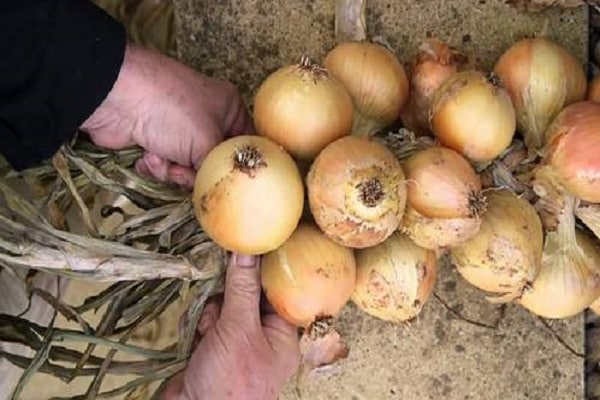
Particular attention should be paid to the safety of the tops. Only with its presence and proper preparation for storage can weaving begin. When harvesting, it is recommended to ensure that the entire length of the tails is preserved. Too long feathers are cut, leaving 12 cm for weaving.
Preparing the bulbs
In order to be able to store onions in braids throughout the winter, you need to responsibly approach the preparation of the harvest. The duration of storage and taste depends on the correct processing of onions.
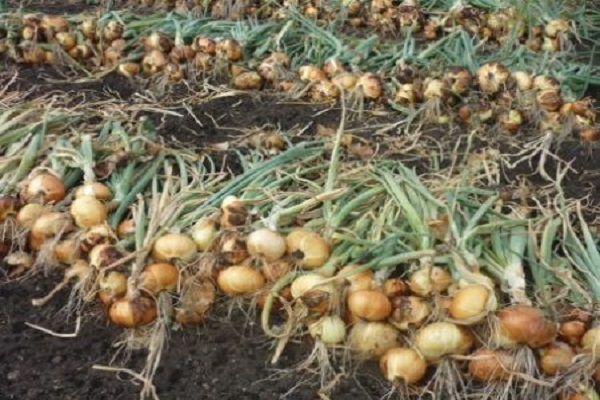
The harvested crop must be cleaned of soil residues and spread out on any material to dry in a well-ventilated and dry place. An oilcloth or bedspread is suitable for this purpose.
You need to dry the plant until the tops begin to dry out. It is important to dry the feathers a little, but at the same time maintain their elasticity. Overdried tails are fragile and crumbly. The method of storing onions in bundles can be used only if the elasticity of the tops is preserved.
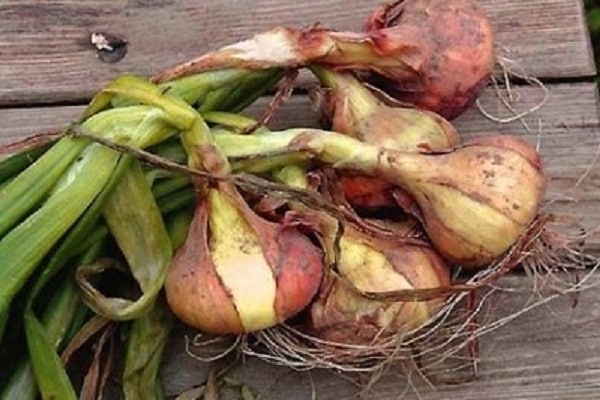
Drying takes 5-7 days. At the end of the procedure, the crop is placed in the sun, but not for long, so that the bulbs do not become bare and the tops do not dry out. Sometimes drying takes 2-3 days depending on the air temperature.
After that, you need to sort the onions, remove the spoiled specimens and sort the heads by size. It is recommended to remove excess husks and trim the roots a little. This will make the braid look more beautiful.
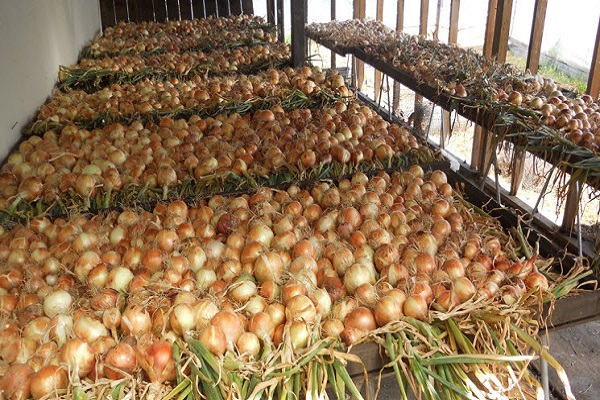
Popular ways to weave onion braids
The storage and drying of onions in braids has been carried out for a long time. This is a time-tested method that has its advantages.
In braids, the bow takes up less space. When suspended, it is inaccessible to pests and rodents. This method is also suitable for drying. Over the years, several ways of weaving onion braids have developed.
The braid should be woven only from bulbs of the same size.
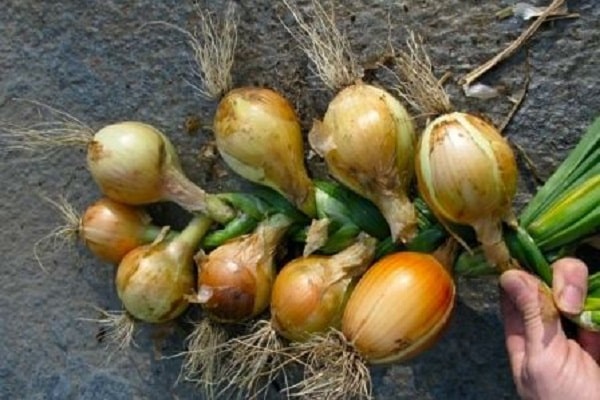
Option 1
Because the weight of the braid is heavy, a rope must be used to hold it together. You can take twine, tape, bandage or nylon cord. Then you need to decide on what pattern to knit the bow into a braid.
For the first method, you need to choose the bulb with the longest feathers, tie the tail to a rope of the required length so that 3 edges are formed - 2 from the rope and 1 from the tops. The latter should be located in the middle.
Then you need to weave a braid of onions according to the principle of a simple braid, only with each grip on both sides you need to add one onion head. Weave them in tight enough to securely fix the heads. Weaving continues until 10 cm of rope remains to the top of the braid. A strong loop is tied from the remaining ends.
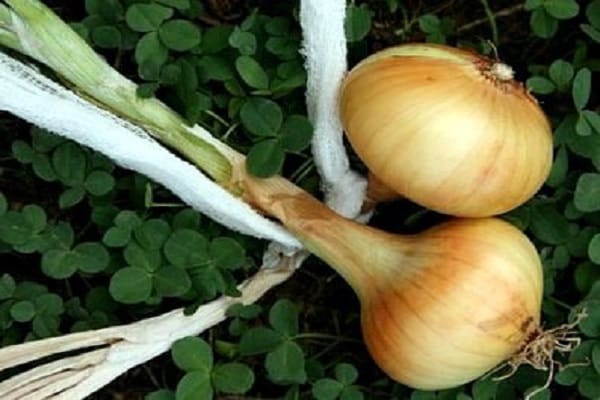
Option 2
For many years I have been weaving a pigtail from an onion in this way. Fold the cord in half, tie the ends on one side, and make a loop on the other.
The rope is fixed on a hook or nail for more convenient work. As in the previous version, it is recommended to select the first long-feather bulb. It is tied in a loop, and the remaining tail is passed between the two sides of the cord, wrapping around each of its sides.
Then they continue to work on the same principle, adding on each bulb and wrapping feathers around the cord. The tips of the tops are taken out alternately from the opposite side (towards and away from you).
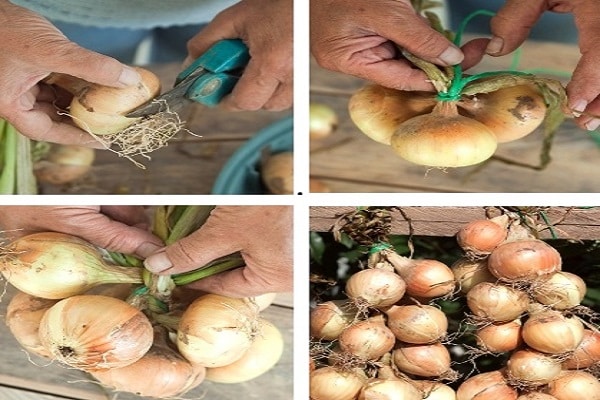
Option 3
For this option, several pairs of bulbs are first tied together. This is done carefully and at the same time firmly, but so that the tops remain intact. Then you need a rope folded in half.
In the middle, one large head is tied to the cord. The tied pairs are placed between the ropes, alternating them in such a way that each subsequent bulbs are turned in the opposite direction.
After the second pair, we tie the rope into a knot, fixing the finished section. Then put 4 onions back in and knot. We continue this way until 10 cm of rope remains. Onion braids, knitted in the last way, are strong and attractive.
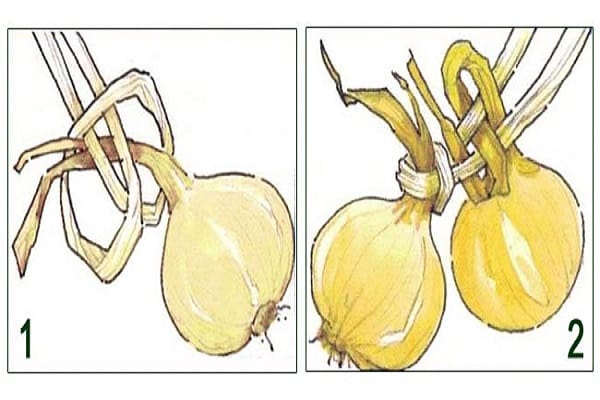
Storage conditions for onion braids
The storage conditions for the bundle have the following criteria:
- Only well-ventilated, dry rooms are suitable for their placement. The bow must "breathe".
- The optimum storage temperature is + 18 ... + 20 ° С.
- Indoor humidity should not exceed 70%.
Considering the recommended storage conditions, the braid can be hung in the kitchen, in the hallway or closet. The basement is not the most suitable place to store onion bundles. There there is a risk of decay of root crops.
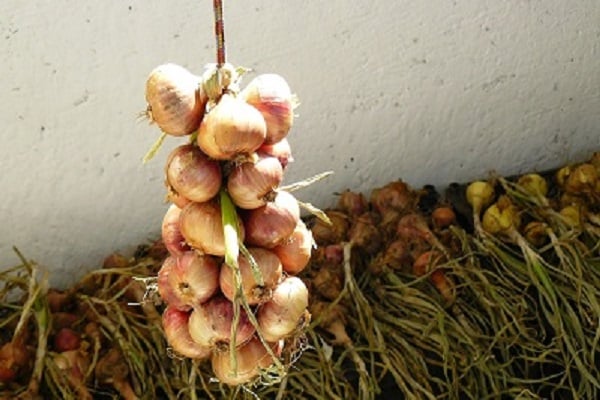
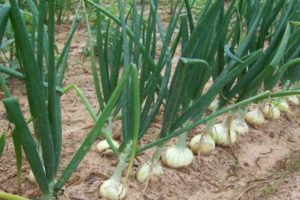
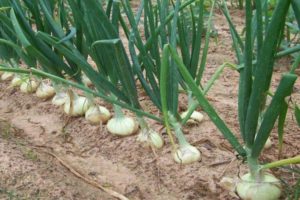

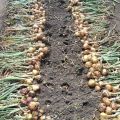
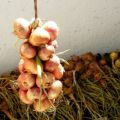
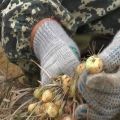

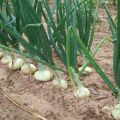
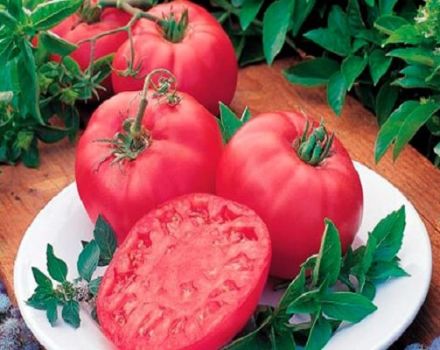
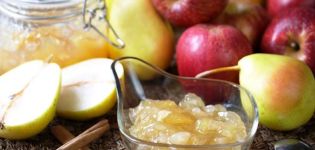
Friends, onions are NOT a root crop! The root system of onions is fibrous, and we do not eat the roots. We eat an onion, and that is exactly the onion and only the onion. Potatoes are also not a root crop, but a tuber, i.e. shortened shoot. Root crops are radishes, carrots, beets, rutabagas, etc. Do not confuse!